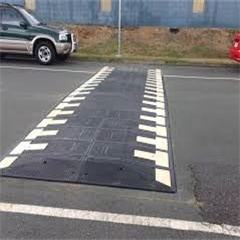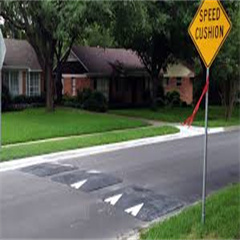The evolution of signboard advertising can be traced back to ancient civilizations, and it has undergone significant changes over the centuries. Here is an overview of its development:
- Ancient Signage (Before 18th Century): Signboard advertising has its roots in ancient civilizations like the Egyptians, Greeks, and Romans. These civilizations used inscriptions and symbols on stone or wood to mark businesses, shops, and public buildings. These early signs were often simple and informative, displaying the name of the establishment or the services offered.
- Medieval and Renaissance Signage (15th-17th Centuries): In Europe during the Middle Ages and the Renaissance, signs became more elaborate. They were often made of wrought iron, and many featured intricate designs and symbols. These signs were often associated with trade guilds and displayed the craftsmanship of the artisans.
- 18th and 19th Century Signage: The 18th and 19th centuries saw the rise of painted signs. These signs were typically made of wood and hand-painted with vibrant colors and decorative fonts. They were a common sight in European and American cities and towns, helping businesses stand out in a competitive market.
- Industrialization and Mass Production (Late 19th Century): With the advent of the industrial revolution, signboard advertising started to become more standardized and mass-produced. Materials like tin, glass, and porcelain were used to create durable and weather-resistant signs. Companies like Coca-Cola began using signs to promote their products, which became iconic symbols of American culture.
- Neon Signs (Early 20th Century): The early 20th century saw the introduction of neon signs, which used electrified, colored glass tubes to create vibrant and eye-catching displays. Neon signs became a hallmark of urban landscapes and were widely used for advertising businesses, theaters, and other establishments.
- Digital and LED Signs (Late 20th Century and Beyond): The late 20th century brought significant advancements in technology, leading to the development of digital and LED signs. These signs allowed for dynamic and customizable advertising displays. They could change messages and graphics easily and were energy-efficient. LED screens have become increasingly popular for outdoor advertising, billboards, and storefront displays.
- Interactive and Augmented Reality (AR) Signs (21st Century): In the 21st century, signboard advertising has continued to evolve with the integration of interactive and augmented reality elements. Businesses can now engage with customers through interactive digital signage, allowing for real-time updates and personalized content delivery. AR apps on smartphones have also allowed consumers to interact with signs in new ways, such as scanning QR codes for more information or special offers.
- Sustainability and Green Advertising (21st Century): As environmental concerns have grown, there has been a shift toward more sustainable and eco-friendly signboard advertising. Businesses are using recycled materials and energy-efficient lighting options to reduce their environmental footprint while still effectively promoting their products and services.
The evolution of signboard advertising reflects broader trends in technology, design, and marketing. From simple inscriptions to dynamic digital displays, signboard advertising has adapted to the changing needs and preferences of businesses and consumers over the centuries.







